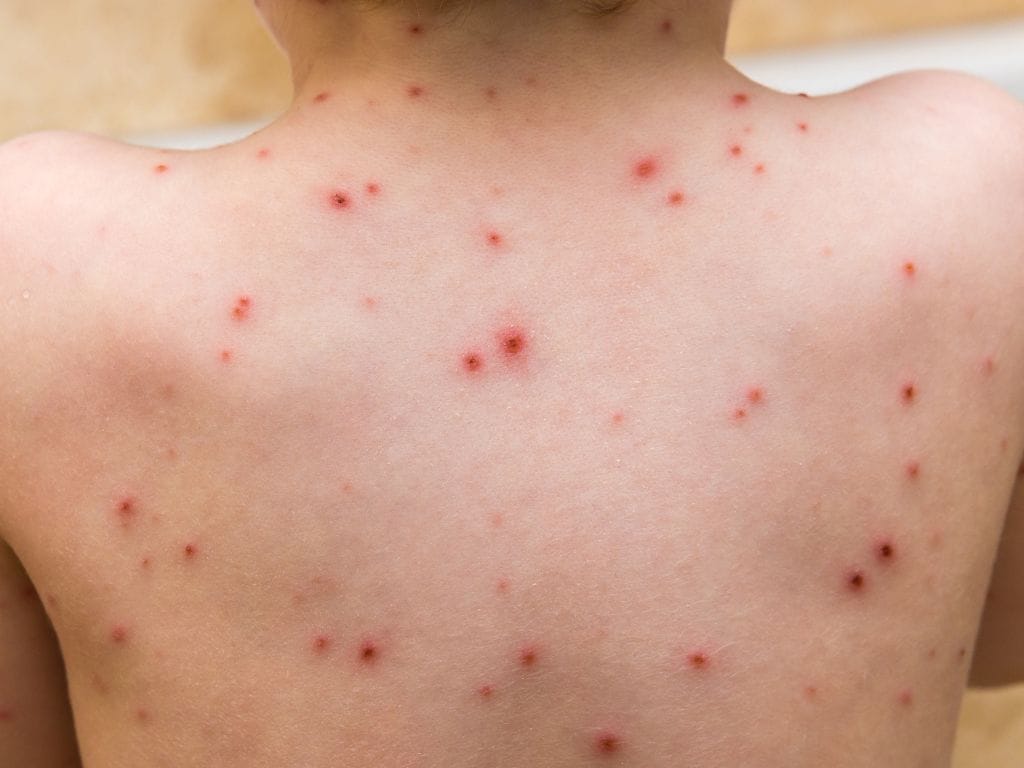10 Tell-Tale Signs of Your Kid’s Chicken Pox
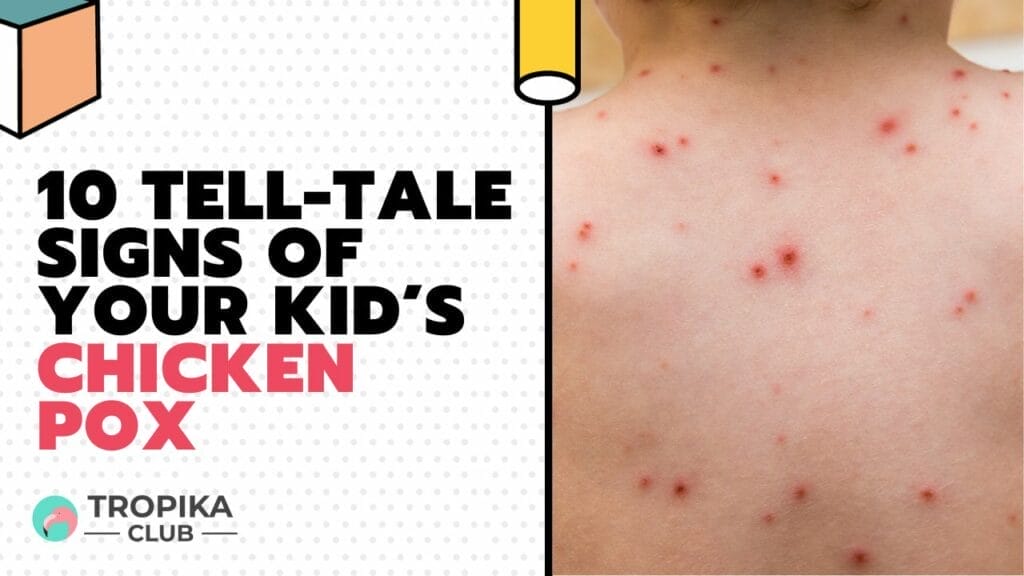
No Time to Read? Here’s a Snappy Summary of This Article
- Sneaky Spots: Mysterious, itchy red bumps? Your kid might be hosting a secret chickenpox party on their skin.
- Fever Fiesta: A sudden spike in your child’s temperature could be the virus throwing a fever bash.
- Backyard Blister Bonanza: Tiny blisters setting up camp on your little one’s back, face, and limbs.
- Uninvited Itchiness: If your kid is scratching more than usual, those chickenpox critters might be crashing the comfort party.
- Red Alert Rash: A red rash that starts as small pimples and transforms into itchy red spots? Chickenpox might be the culprit.
- Pox Party Progress: Keep tabs on how those pesky pox spots evolve to ensure a speedy recovery for your kiddo.
Table of Contents
Introduction
Chickenpox is a prevalent childhood ailment that numerous parents in Singapore have encountered. Familiarity with the early signs of this contagious disease can greatly influence your ability to ease your child’s discomfort and curb the virus’s transmission. This knowledge empowers parents to take swift action, ensuring that their little ones receive the care they need. Early detection of chickenpox is essential for a smoother journey through this itchy and sometimes feverish ordeal. By recognizing the initial symptoms, like red spots and blisters on your child’s skin, you can start treatment promptly, which may include soothing creams and appropriate medication to reduce itching and fever. Moreover, identifying these signs allows parents to take precautions that limit the spread of the virus to others, which is particularly crucial, given how contagious chickenpox can be. So, knowing the signs is not just about managing your child’s discomfort; it’s also a responsible step in safeguarding the health of your child’s friends and classmates.
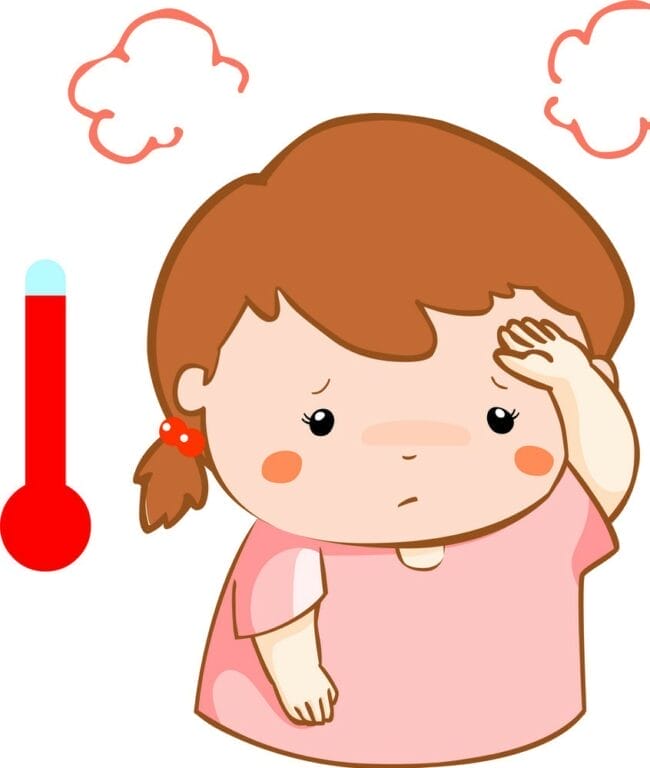
1. High Fever
A high fever often serves as the initial sign of chickenpox. Your child may appear unusually fatigued and have a temperature that exceeds their normal body heat. This could be an early indication that their body is fighting off an infection.
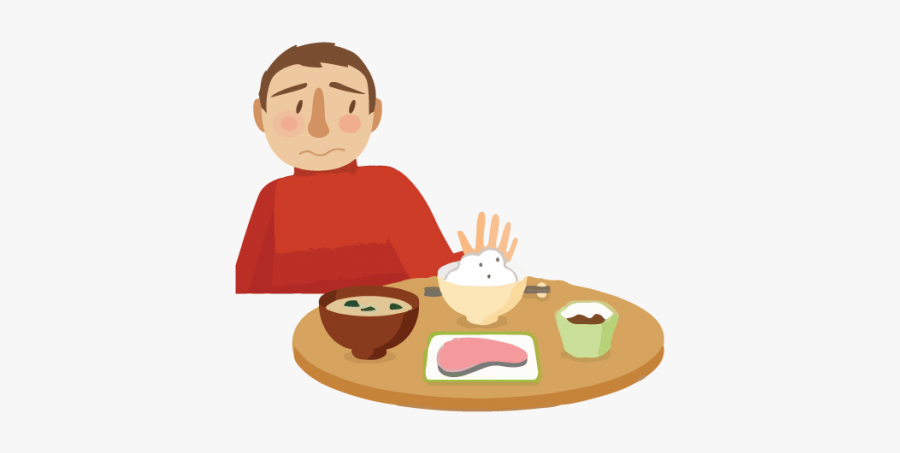
2. Loss of Appetite
Another early sign is a loss of appetite. Your child may not feel like eating, especially if they’re feeling unwell from a fever. This can be particularly concerning for parents, but it’s important to remember that it’s a common symptom.
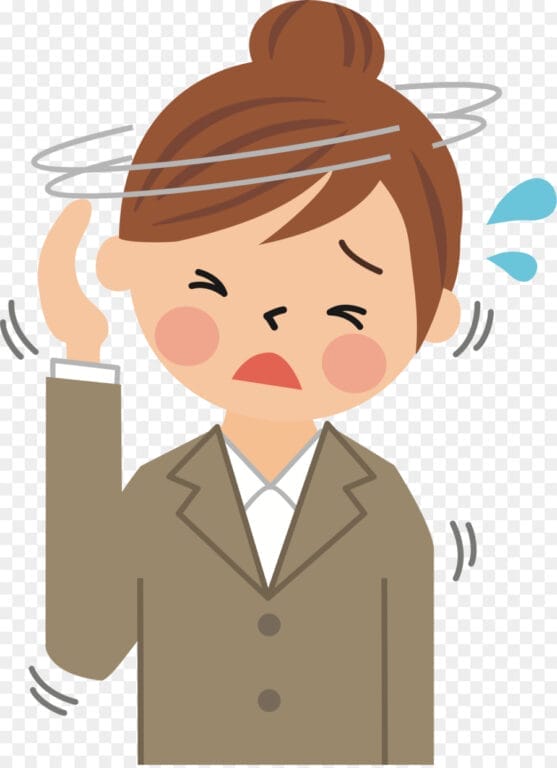
3. Headache
Headaches are common in children with chickenpox. This can be due to the body’s immune response to the virus, causing inflammation and resulting in a headache.

4. Malaise
Malaise, or a general feeling of discomfort or illness, is another common symptom. Your child may seem lethargic and uninterested in their usual activities, which can be quite alarming for parents.
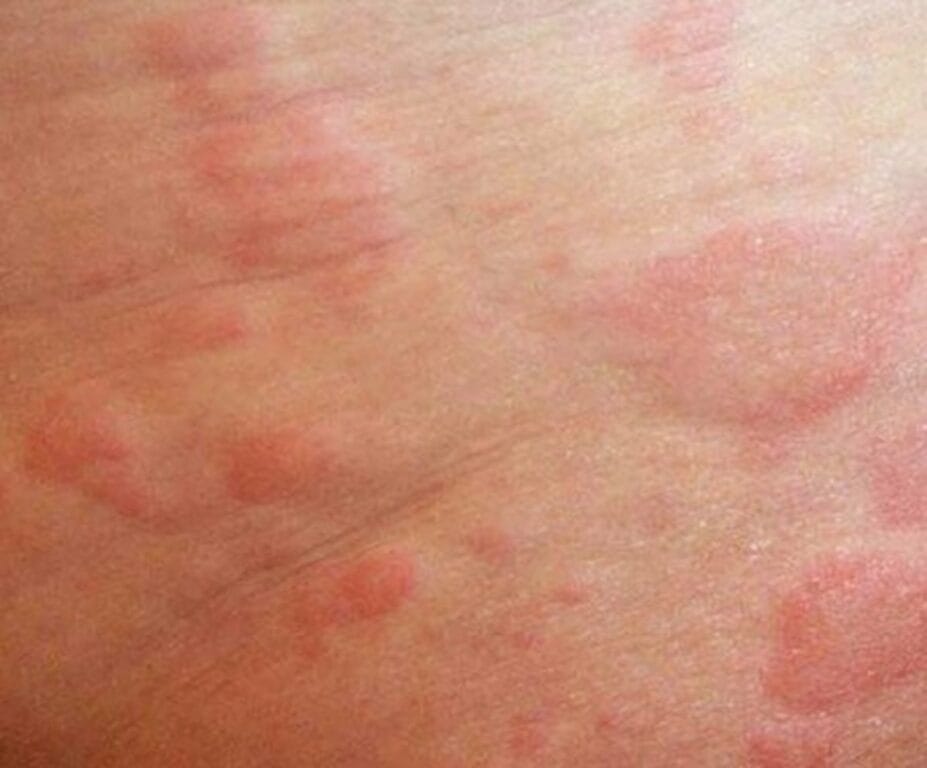
5. Rash
The hallmark sign of chickenpox is a red, itchy rash that starts as small red bumps and then develops into fluid-filled blisters over the course of several days.
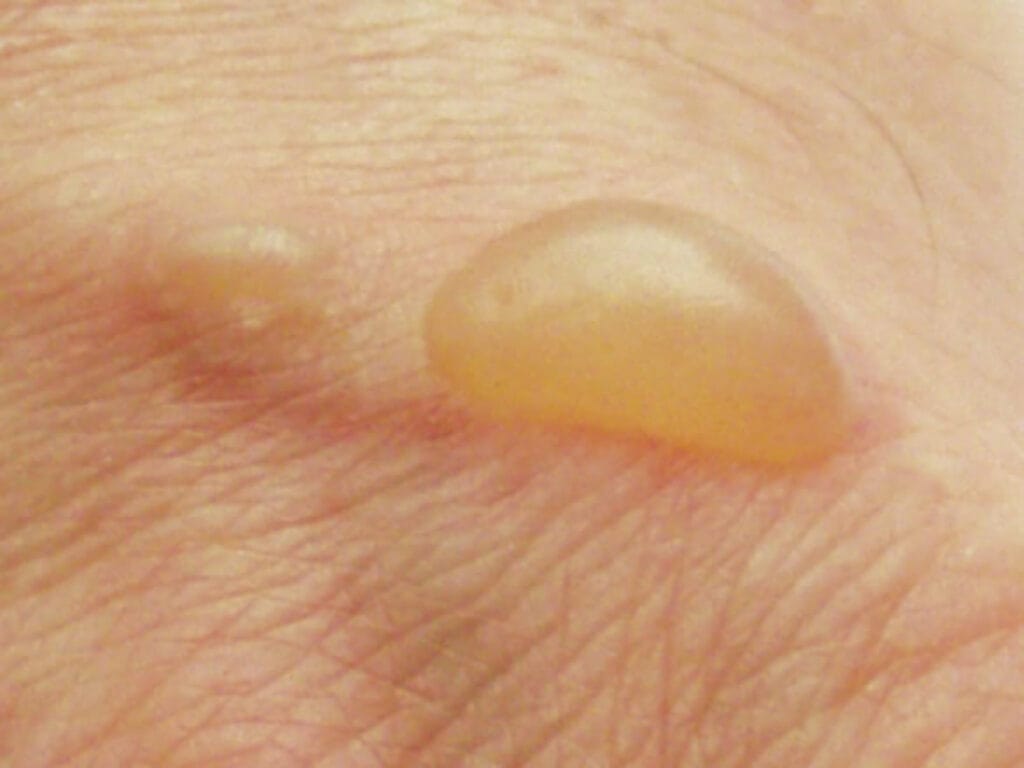
6. Blisters
These blisters eventually become cloudy and then form scabs. They often appear in waves, so you may see blisters at different stages of development on your child’s skin at the same time.
_
Read Also:
Are We Ready for a Monkeypox Pandemic?
_

7. Itching
Itching can be intense with chickenpox. It’s crucial to prevent your child from scratching to avoid potential skin infections and scarring. Consider using over-the-counter remedies or home treatments to help soothe the itchiness.

8. Abdominal Pain
Some children experience abdominal pain or discomfort before the rash appears. This can be confusing as it might seem like a stomach bug at first, but it could actually be a sign of chickenpox.

9. Coughing or Sore Throat
A cough or sore throat can also be a sign of chickenpox, as the virus can affect the respiratory tract. If your child has these symptoms along with a fever and malaise, it might be time to consult a doctor.

10. Irritability
Children with chickenpox often feel miserable and irritable due to the combination of fever, itching, and general discomfort caused by the illness. It’s important to provide comfort and reassurance during this time.
Conclusion
Recognizing these signs of chickenpox is not only important for the comfort of your child but also to ensure they receive appropriate care promptly. By being aware of these symptoms, you can take quick action to alleviate their discomfort and potentially prevent the virus from spreading further. If you suspect your child may have chickenpox, it’s a good idea to seek advice from a healthcare professional in Singapore. They can provide guidance on how to manage the condition and discuss treatment options if necessary. Your child’s well-being is a top priority, and early detection and professional advice can make a significant difference in their recovery. So, when in doubt about chickenpox or any other health concerns, always consult with a healthcare expert to ensure the best care for your child.

Frequently Asked Questions (FAQ)
Q1: How can I distinguish chickenpox from other rashes?
A: Chickenpox presents as red pimples evolving into itchy spots, differentiating it from regular rashes.
Q2: What should I do if my child has a fever during a chickenpox outbreak?
A: Keep your child comfortable, offer fluids, and consult a doctor for suitable fever management.
Q3: Are there specific areas where chickenpox blisters typically appear?
A: Chickenpox blisters commonly appear on the back, face, and limbs, so keep an eye on these areas.
Q4: Can I use over-the-counter creams to relieve chickenpox itching?
A: Consult a healthcare professional for appropriate remedies; not all over-the-counter creams are suitable for chickenpox.
Q5: How long does it usually take for chickenpox symptoms to subside?
A: Chickenpox symptoms typically last about 7-10 days, but consult a doctor for personalized advice.
Q6: Is there a risk of chickenpox complications, and when should I seek medical help?
A: While complications are rare, seek medical help if you notice breathing difficulties, severe skin infection, or neurological symptoms.

Have an Article to Suggest?
Tropika Club is always looking for new and exciting content to feature in their magazine and they value the input of our readers. If you have any noteworthy content or articles that you believe would be a great addition to Tropika Club’s magazine, we are open to suggestions and encourage you to reach out to us via email at [email protected]. By doing so, Tropika Club values your expertise and knowledge in the matter and appreciates your willingness to help. We will review your recommendations and update our list accordingly
Meanwhile, Check Out Tropika Club’s Ecosystem of Websites
Tropika Club Magazine – Tropika Club Magazine is a Singapore-based publication that features articles on a wide range of topics with a focus on local businesses and content for the region. The magazine emphasizes supporting local businesses through its #SupportLocal initiative, which includes coverage of everything from neighborhood hawker stalls to aesthetic clinics in town. In addition to highlighting local businesses, Tropika Club Magazine also covers a variety of local content, including beauty, lifestyle, places, eats, and what’s on in Singapore and the Asia Pacific region.



